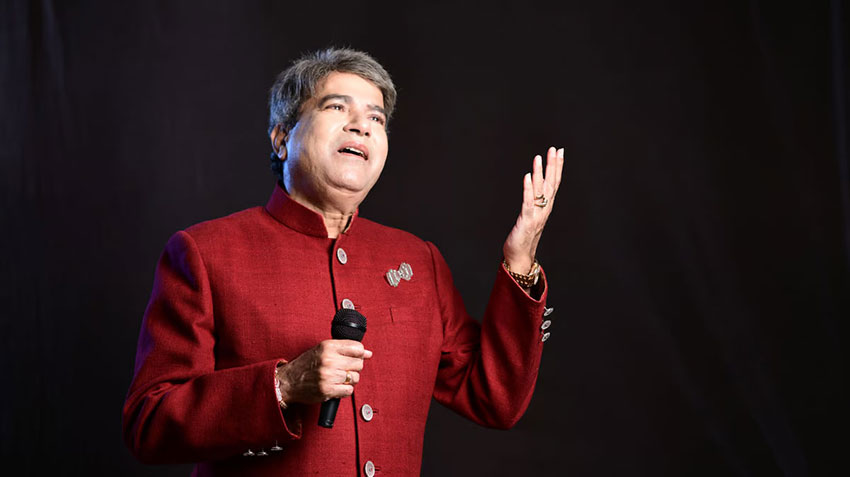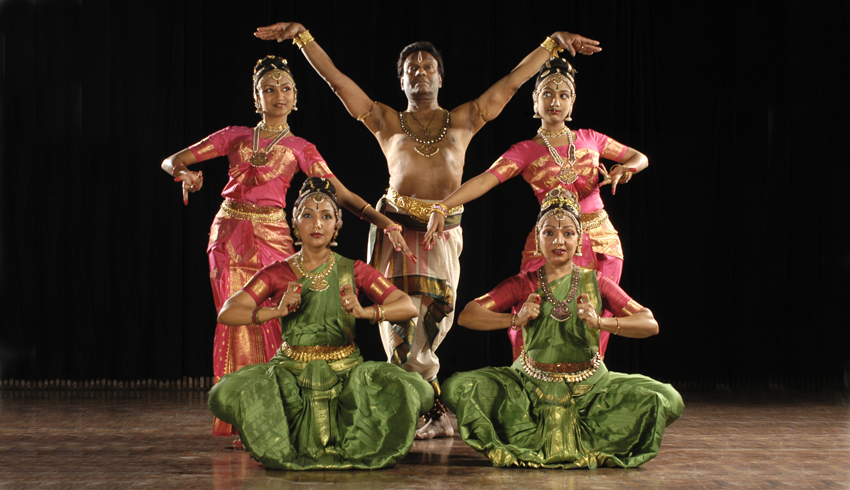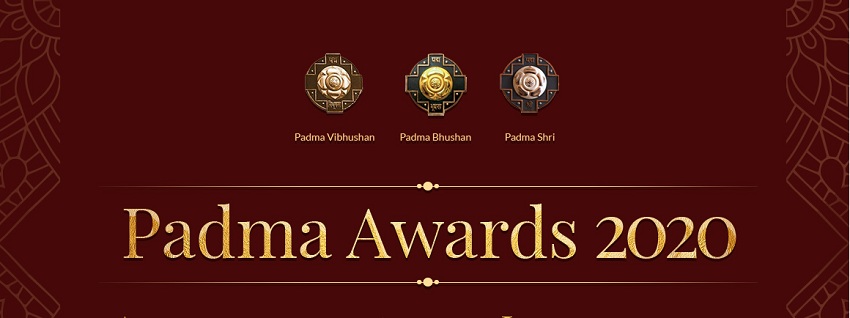Thumri has always captivated listeners of North Indian classical music; some of the greatest classical musicians of the last century were also great thumri singers; Kesar bai Kelkar and Faiyaz Khan being two names that instantly come to mind.
As such, the Delhi government has dedicated a festival specifically for thumri; their annual festival that ended recently saw some unusual, rarely heard able exponents in Delhi. While theoretically there are two main thumri styles, Banaras/Purab ang and Punjab ang, in practice most thumri singers follow the Banarasi style, as thumri as a genre is an emotive rather than virile expression. In the Banaras style, Vidushi Girija Devi was such a prolific teacher (more than 100 disciples) that the thumri singers one hears today are usually her disciples.
It was thus a pleasant change to hear two disciples of the doyen of Banaras thumri, Pt Mahadev Prasad Mishra whose old fashioned thumri style is rarely heard.
The festival opened with Debashish Dey; all 3 compositions (Khamach ‘hat jao re na bolo Kanha’, in ek taal, and ‘nahi bolungi’, a bandish thumri similar in construction to the more well known ‘na maanungi’, and in Pilu the bol banaav ‘papeehara pyaare’) were different, soulfully and expertly rendered. He ended with a racy jhoola, to a thunderous applause; his voice pitch-perfect. The violin accompaniment by K Mohan Naidu was distinctive.
The next performers were disciples of Girija Devi ji; vocalist Debapriya and sitarist Samanvay. Debapriya’s hold on ‘sur’ was perhaps not always as taut as one would have expected; sitarist Samanvay with his sitar training under maestros Pt Manilal Nag, and Pt Shyamlal Chattopadhya impressed, and the duo presented a distinctive recital. Their soulful Sohani lingered on in one’s imagination long after the concert was over. On the tabla was the very ‘riyaazi’ Madhurjya Barthakur.
The evening ended with Aarti Ankalikar Tikekar, a highly slick performer, and today one of the leading exponents of khayal gayaki. She started with the popular ‘kaun gali gayo Shyam’ in Khamach, then sung a jhoola composed by a Mumbai-ite that somehow did not fully have the flavor of a Banarasi jhoola, then sang a lilting kajiri, ‘barasan laage badareeya room jhoom ke’ In her concluding Bhairavi ‘babul naihar chooto jaye’, Aarti unusually sang an auchar too; the entire piece was beautifully conceived and crafted.

The second evening started with Delhi’s Sarathy Chatterji, a disciple of Banaras’s Pt Rajan Sajan Mishra. The next performer was Ganesh Prasad Mishra, son of Pt Mahadev Prasad Mishra. His rounded baritone and typical Banarasi ‘andaaz’ was very well received and were a true delight; though he concluded with the same ek taal bandish thumri his Guru bhai had sung, his version was different, focusing more on ‘laya’ and less on the ‘pukaar’. Such are great teachers; each disciple is encouraged to develop his own interpretation. The accompaniment on the flute by Rajesh Prasanna was impressive.
Ashwini Bhide Deshpande is another senior khayal singer whose thumri is equally enchanting. Her style of thumri is influenced by Shobha Gurtu ji; but the ‘chaap’ is hers.
The ‘chayn’ and mastery were unmistakable, in all 3 pieces she sang; starting with Mishra Tilak Kamod, ‘bairan rateeyan’; ‘ja pari ja’, and ‘badareeya barase, jhoola dheere jhoole’ in Mishra Kafi. The musical interchanges between her disciples Shweta Kilpady and Shivani Kalyanpur were most enlivening. As a disciple of the great Rasoolan Bai once said: “Thumri is not about showing technique or knowledge; it has to be experienced”. Ashwini certainly demonstrated that in her concert.
[adrotate group=”9″]
The concluding evening laudably featured two rarely heard exponents; Rajendra Sijaur from the Gaya gharana founded by Pt Soni Singh (disciple of Pt Jai Ram Tiwari and Pt Kameshwar Pathak) and Dhanashri Pandit Rai, a disciple of Shobha Gurtu ji.
Sijaur sang Des, ‘nadiya kinare’. His Khamach was the equally popular ‘ab maan jaao saiyan’ and his Pahari was a speciality of Gaya. The harmonium accompaniment by Kaushik Mitra from Gaya was impressive; surprisingly despite being Delhi based he is rarely heard.

Pt Channulal Mishra, a doyen of the Banaras gharana sang next; as usual, his connection with his audience was to be marvelled at. He sang a succession of small pieces, interspersed with interesting folklore. He started as usual with a khayal in Raga Shankhara; a very unusual composition ‘aiso dheeth langar kar bar jori’. He pointedly sang a ‘bol baant’ thumri in Madhya laya, pointing out that nowadays the trend is to focus on vilambit thumri; also that of the 12 types of thumri only 2 types are now sung. The various embellishments of thumri – ‘khatka, murki, giddgari and pukar’ were also demonstrated briefly by him while singing. He ended with a kajri, coincidentally the same one Arati Ankalikar had sung the day earlier ‘barasan laagi badareeya room jhoom ke.’
[adrotate group=”9″]
The finale concert was by Dhanashri Pandit Rai, whose more ‘Bombay’ style thumri was lyrical, emotive and polished. Her thumri in Raga Des was lyrical, followed by an unusual Mishra Jogiya thumri. She concluded with a dadra, bringing to an end an interesting three-day festival with a careful mix of seasoned, upcoming and rarely heard artists. Sahitya Kala Parishad and Smt Sindhu Mishra who curated the festival are indeed to be lauded.










